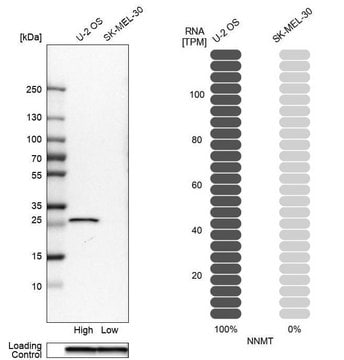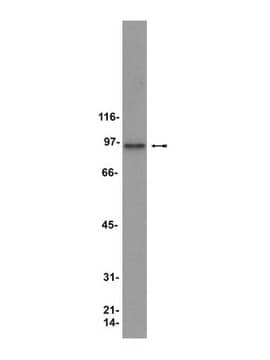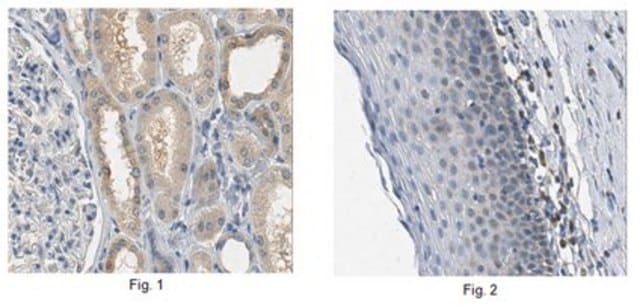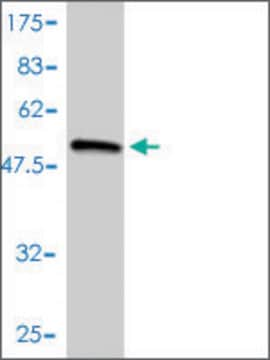MABC1106
Anti-Hsp90 alpha Antibody, clone 1G6-D7
clone 1G6-D7, from mouse
Sinônimo(s):
Heat shock protein HSP 90-alpha, Heat shock 86 kDa, HSP 86, Lipopolysaccharide-associated protein 2, LAP-2, LPS-associated protein 2, Renal carcinoma antigen NY-REN-38
About This Item
Produtos recomendados
fonte biológica
mouse
forma do anticorpo
purified immunoglobulin
tipo de produto de anticorpo
primary antibodies
clone
1G6-D7, monoclonal
reatividade de espécies
human
embalagem
antibody small pack of 25 μg
técnica(s)
ELISA: suitable
immunoprecipitation (IP): suitable
inhibition assay: suitable
western blot: suitable
Isotipo
IgG1κ
nº de adesão NCBI
nº de adesão UniProt
modificação pós-traducional do alvo
unmodified
Informações sobre genes
human ... HSP90AA1(3320)
Categorias relacionadas
Descrição geral
Especificidade
Imunogênio
Aplicação
ELISA Analysis: A representative lot detected Hsp90 alpha in ELISA applications (Zou, M., et. al. (2017). Oncogene. 36(15):2160-2171).
Affects Function Analysis: A representative lot blocked parental MDA-MB-231 cell invasion in a dose-dependent manner. (Zou, M., et. al. (2017). Oncogene. 36(15):2160-2171).
Western Blotting Analysis: A representative lot detected Hsp90 alpha in Western Blotting applications (Zou, M., et. al. (2017). Oncogene. 36(15):2160-2171).
Inhibits Activity/Function Analysis: A representative lot inhibited both de novo tumor formation and expansion of already formed tumors in mice. (Zou, M., et. al. (2017). Oncogene. 36(15):2160-2171).
Qualidade
Western Blotting Analysis: 1 µg/mL of this antibody detected Hsp90 alpha in MDA-MB-231 cell lysate.
Descrição-alvo
forma física
Outras notas
Not finding the right product?
Try our Ferramenta de seleção de produtos.
Certificados de análise (COA)
Busque Certificados de análise (COA) digitando o Número do Lote do produto. Os números de lote e remessa podem ser encontrados no rótulo de um produto após a palavra “Lot” ou “Batch”.
Já possui este produto?
Encontre a documentação dos produtos que você adquiriu recentemente na biblioteca de documentos.
Nossa equipe de cientistas tem experiência em todas as áreas de pesquisa, incluindo Life Sciences, ciência de materiais, síntese química, cromatografia, química analítica e muitas outras.
Entre em contato com a assistência técnica








